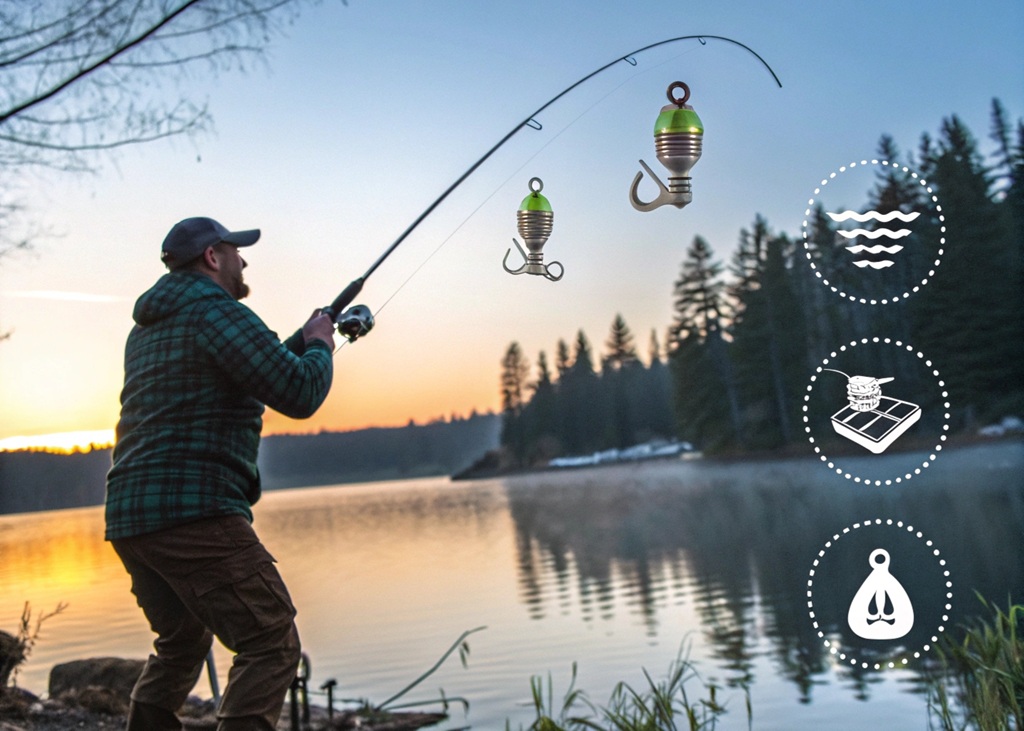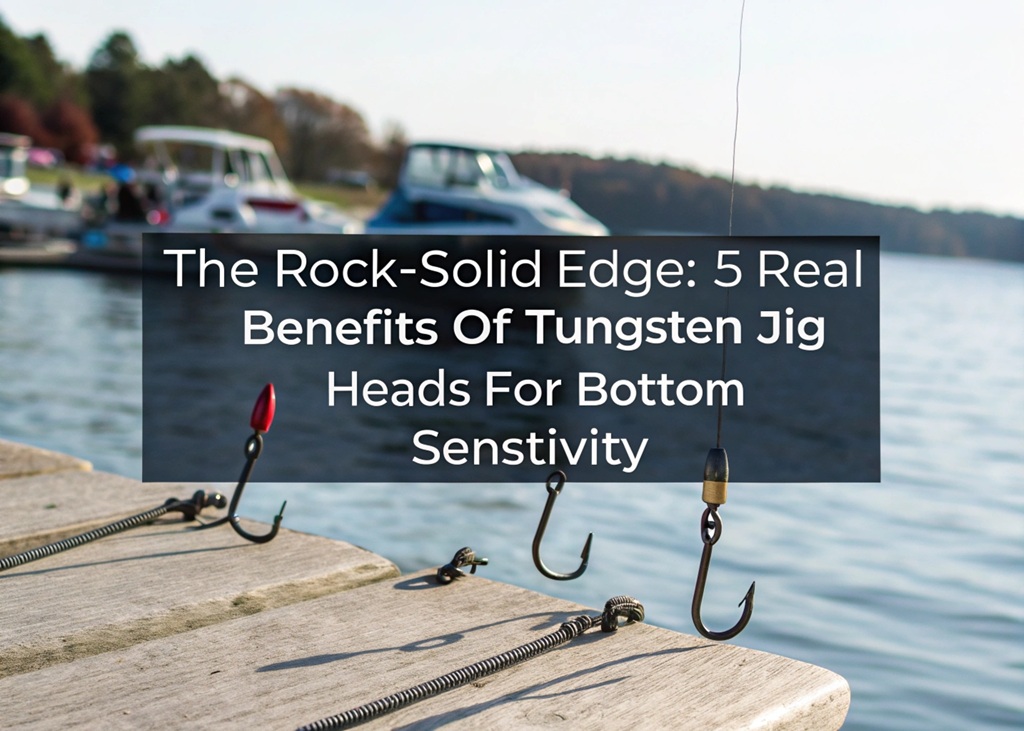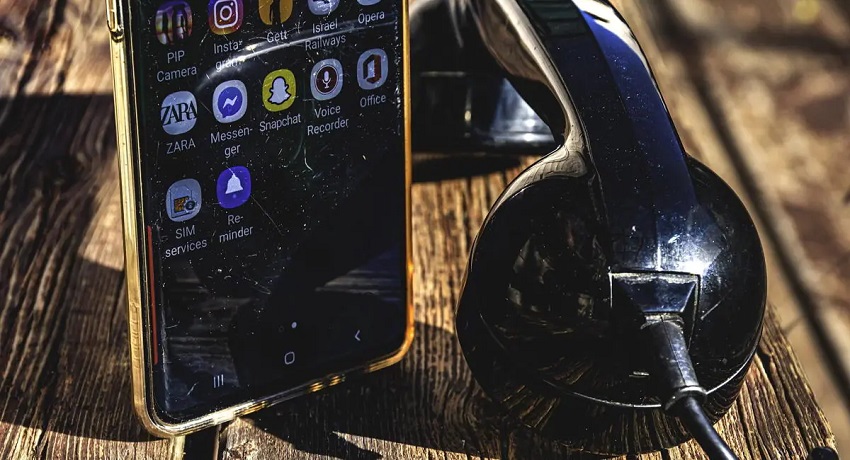If you’ve ever dropped a line in a rocky-bottom lake or river, you know the struggle. Bouncing a jig along those jagged ridges without losing feel—or your lure—is no easy task. But one tool is gaining a loyal following among savvy anglers: tungsten jig heads. In this post, we’ll uncover the five most important benefits of using tungsten jig heads for detecting rock bottoms. Whether you’re new to fishing or just looking to level up, this guide will help. Plus, we’ll explore Crazy Fishing Gear for trusted tackle that gets the job done.
What Makes Tungsten So Different?

Before diving into the benefits, it’s important to understand why tungsten stands out from traditional jig materials like lead. Tungsten is about 1.7 times denser than lead. This density gives it a smaller profile while maintaining the same weight. That alone makes a difference when targeting rocky-bottom fish hiding in crevices or along drop-offs.
Tungsten jig heads are also more eco-friendly. According to the U.S. Geological Survey, lead sinkers can harm aquatic birds and wildlife. Tungsten, on the other hand, is non-toxic and longer-lasting. So when you switch, you’re not only improving your catch rate—you’re helping the environment.
Boost Your Feel: How Tungsten Enhances Bottom Sensitivity
Sensitivity is king when fishing rocky bottoms. A slight nibble or the tap of a fish bumping your lure can go unnoticed with a dull jig. Tungsten changes that.
Because tungsten is denser, it transmits vibrations more effectively through your line. You feel every rock, bump, and nibble. This heightened sensitivity lets you react faster and set hooks more accurately.
If you’re pairing tungsten jig heads with your jerkbait gear ratio, you’ll notice smoother control and faster feedback from your rod tip to your hand.
I once fished a tournament on Lake Ouachita in Arkansas. The area was rocky, with lots of structure. Everyone was struggling, but I had switched to tungsten jigs just a week before. I could feel every crevice. I ended up placing second because I picked up strikes others missed. That’s the edge tungsten gives.
Smaller Profile, Bigger Results: Why Size Matters
Size isn’t always about going big. With tungsten, the same weight takes up less space. That means a 1/8 oz tungsten jig is smaller than a lead one of the same weight.
This smaller profile does a few things:
- It falls faster through the water column
- It appears more natural to wary fish
- It gets into tight spaces between rocks
In pressured waters, fish are cautious. A smaller bait often triggers more strikes. And when you’re targeting species like smallmouth bass or walleye near rocky ledges, being compact but heavy is key.
According to a 2021 study published in Fisheries Research, compact lures had a 12% higher strike rate in heavily pressured waters. That stat backs what many experienced anglers already know—smaller profiles can outfish bulkier options.
Durability That Pays Off Over Time
Tungsten jig heads are harder than lead, which makes them last longer. They don’t deform easily when they hit rocks, logs, or other underwater debris. Lead jigs tend to get misshapen, especially after a few snags or rough use.
Additionally, many tungsten heads are painted with durable finishes that don’t chip as easily. This keeps your setup looking sharp and functioning well, fish after fish. Over time, you’ll spend less on replacements.
From a long-term value standpoint, this is huge. You might spend more upfront on tungsten, but the investment pays off. You’ll fish longer with the same jigs, and land more fish without replacing gear constantly.
Eco-Friendly and Regulation-Ready
Across the U.S., regulations on lead tackle are increasing. Some states like New Hampshire and California have already banned lead jigs and sinkers under 1 oz in many lakes and rivers. Tungsten is a smart alternative.
It’s non-toxic, safer for wildlife, and compliant with conservation rules. If you want to fish legally and responsibly in different regions, tungsten keeps you covered.
The National Park Service warns that lead tackle can be fatal to loons and other waterfowl. Switching to tungsten not only keeps you in line with the law—it protects the lakes we all love.
Better Hook Placement and Fewer Lost Fish
Because tungsten increases sensitivity, you set the hook more accurately. Every angler knows the heartbreak of a missed strike. When you’re bouncing a jig across a rocky bottom, delayed hooksets are common with less sensitive gear.
Tungsten gives you that split-second feedback. You know immediately when a fish mouths the bait or hits it aggressively. That means:
- More hookups
- Cleaner sets
- Fewer lost fish during the fight
And in tournaments or even weekend outings, every landed fish counts. That responsiveness could be the difference between a good day and a great one.
Discover More: 5 Awesome DIY Projects Every Pet Owner Would Love to Try
Final Thoughts
If you regularly fish rocky lakes, reservoirs, or river systems, tungsten jig heads should be in your arsenal. They provide unmatched sensitivity, a compact profile, and long-term durability.
They also help you stay compliant with increasing conservation laws. More importantly, they boost your success on the water. It’s not just about gear—it’s about maximizing every cast.
Have you tried tungsten jigs on rock bottoms? Drop your experience in the comments or share this post with a fishing buddy who needs a better setup!
Read More Also: How to Stay Productive When Working From Home With a Dog
FAQs
What are the main advantages of tungsten jig heads over lead?
Tungsten is denser, more sensitive, more durable, and eco-friendly compared to lead.
Are tungsten jig heads worth the extra cost?
Yes. They last longer, perform better, and offer higher sensitivity for a small upfront investment.
Can I use tungsten jigs in all fishing environments?
Absolutely. They work well in both freshwater and saltwater and are especially effective on rocky bottoms.
Is tungsten legal in all states?
Yes, and it’s even recommended in places where lead is banned to protect wildlife.
How do I know if I need more sensitivity when fishing?
If you’re missing bites, losing fish, or struggling to detect structure, higher sensitivity gear like tungsten helps.




